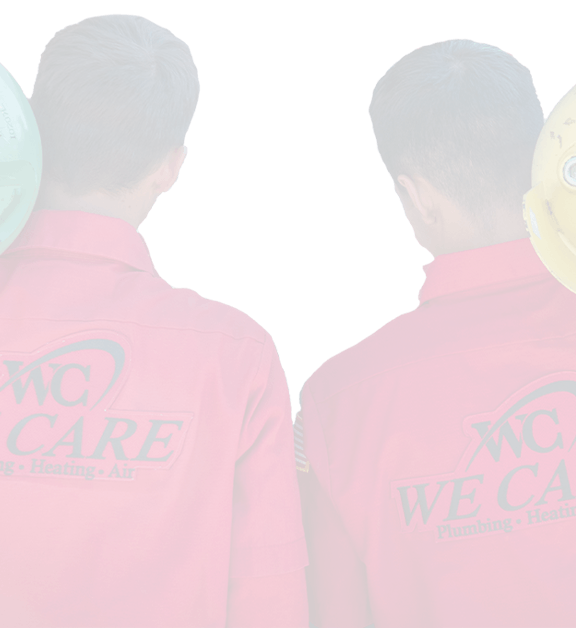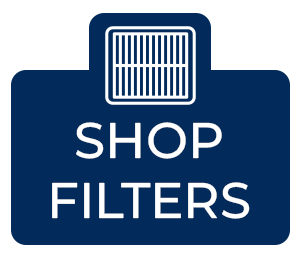With spring in the air, lots of people will suffer sneezing, swollen eyes, and dependence on inhalers, and they’ll buy many allergy medications. What a potentially expensive nuisance.
What causes allergic reactions?
- Particulates: ash, dust, dust mites, insulation, and pollen.
- Bio-aerosols: Bacteria, fungi, mildew, mold, various spores, and viruses.
- Odors or chemicals: Pet or cooking odors, carbon dioxide, carbon monoxide, gasoline fumes, and volatile organic compounds (VOCs), such as formaldehyde.
- Other: Radon gas and lead
There can be five to 100 times more pollutants found inside your home than in the outside air, according to the federal Environmental Protection Agency. Some statistics: One in three homes includes someone suffering from asthma or allergens. One in four Americans has asthma or allergies. That’s about 60 million people. According to the Asthma and Allergy Foundation of America (AAFA), allergies are the fifth-leading chronic disease in the United States among all ages and the third most common chronic disease among children. The two groups who suffer the most from allergies are infants because their lungs are still developing, and the elderly, because their lung function tends to deteriorate.
How can you protect yourself from all these elements? You could live inside a plastic bubble, but that’s not very practical. More realistically, there are ways to manage pollutants in the home. Portable, freestanding air cleaners are available, but they are often not very effective and can be pricey, costing $350 and more. You could spend more than $1,000 to keep several positioned throughout your home. A leading consumer magazine reported them to be quiet but inefficient.
A better strategy for combating allergy triggers is using your central heating and air conditioning system. The fan in the furnace circulates air through the home. The trick is the filtration in the system. Filters are ranked with a minimum efficiency reporting value, or MERV rating, which measures filters’ efficiency. The rating reflects the size of the
particulates the filter catches. The higher the MERV rating, the more the filter will collect. A MERV rating of 16 is the highest, given to surgery room filters professionally installed by licensed heating-air conditioning contractors.
If you look along the filter aisle at a local home-improvement store, you’ll see a variety of filters. Buyers beware: The filter companies use great marketing. A package might claim the filter is “99% efficient” at collecting particles but may not specify the MERV rating. That’s because more than likely, it hasn’t been rated and will collect only the largest particles.
Those filters can range from $5 to around $30. Again, there’s a lot of marketing involved – they’re out to get your money. If you don’t have a maintenance agreement with a heating and air conditioning company and you don’t want a professionally installed air cleaner, at least get a pleated filter in your system and replace it four times per year, or as often as necessary.
There are many professionally installed air cleaners out there. Do your research to learn what system best meets your family’s needs. Some devices are designed for general surgery, with ultraviolet light air purification; some are rated to simply filter the air enough to keep the HVAC equipment and ductwork clean.
Another way to improve indoor air quality is professional duct cleaning. Again, be cautious. “Dateline’s” Chris Hansen reported on companies that cheat customers. Check out companies offering a $59 – $99 special. If it sounds too good to be true, it probably is. That’s a fraction of what a thorough duct cleaning will cost.
Honest companies will do a great job without charging hidden fees. About $350 and up is reasonable, with a worker spending three to four hours per system. After a professional duct cleaning, an air cleaner can be installed to keep debris from building up in the ducts. The MERV 16-ranked air cleaner can eliminate future duct cleaning altogether. Now that’s a saving!
Air scrubbers are another tool for improving indoor air quality. These units have been proven to destroy up to 99.9 percent of all surface bacteria, viruses, and germs. Air scrubbers are installed in the air-supply portion of the heating and air system and use a specialized ultraviolet germicidal light wave with a proprietary catalytic process that creates enviro-scrubbing molecules of oxygen and hydrogen. This is just like nature’s outdoor environmental cleaning process. The technology reduces and kills airborne germs, dust, and odors.
Whatever strategies and devices you employ, do your research, ask questions – and may you live better and breathe easier.






